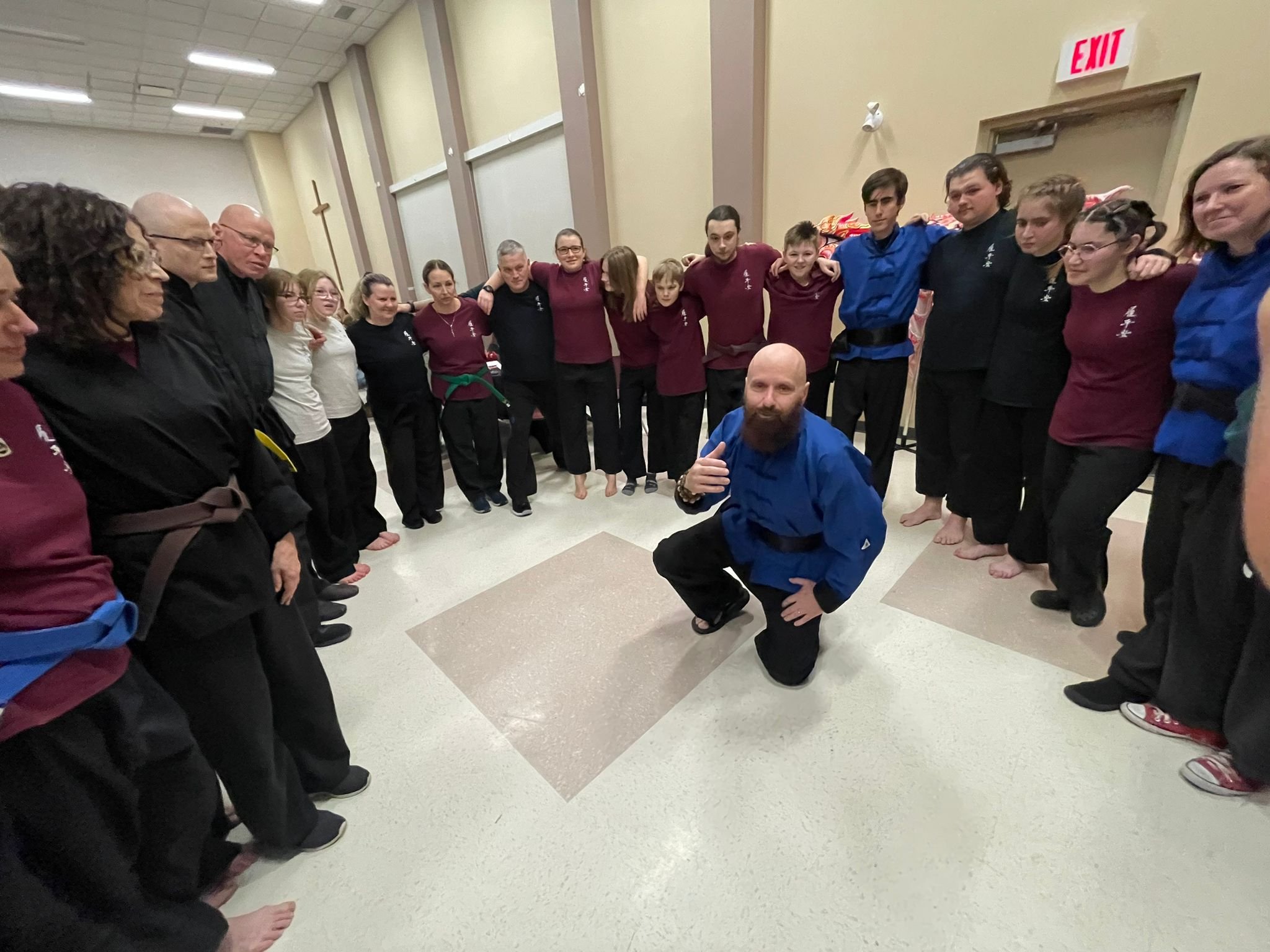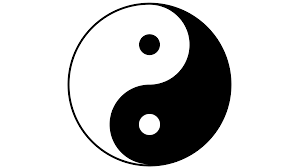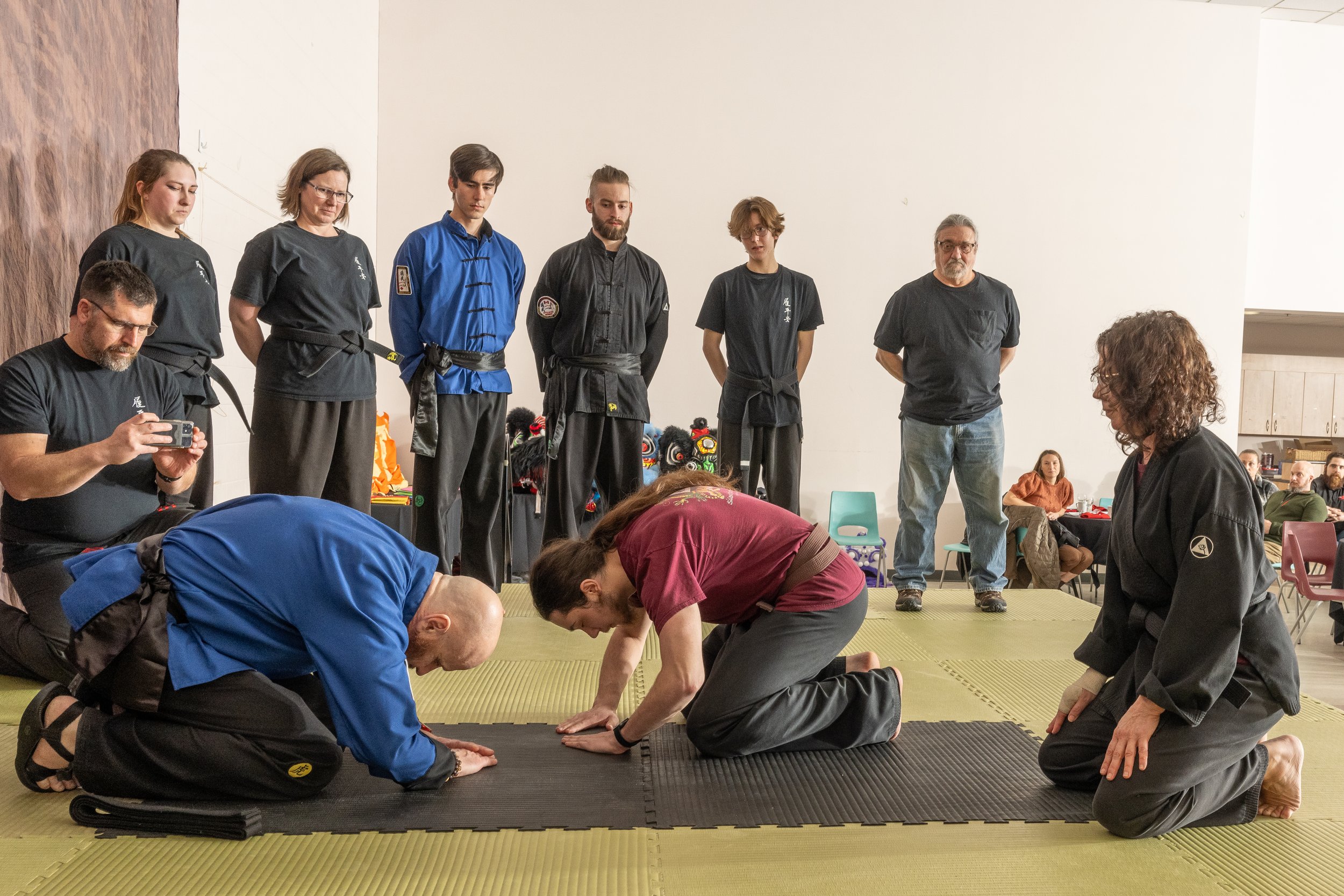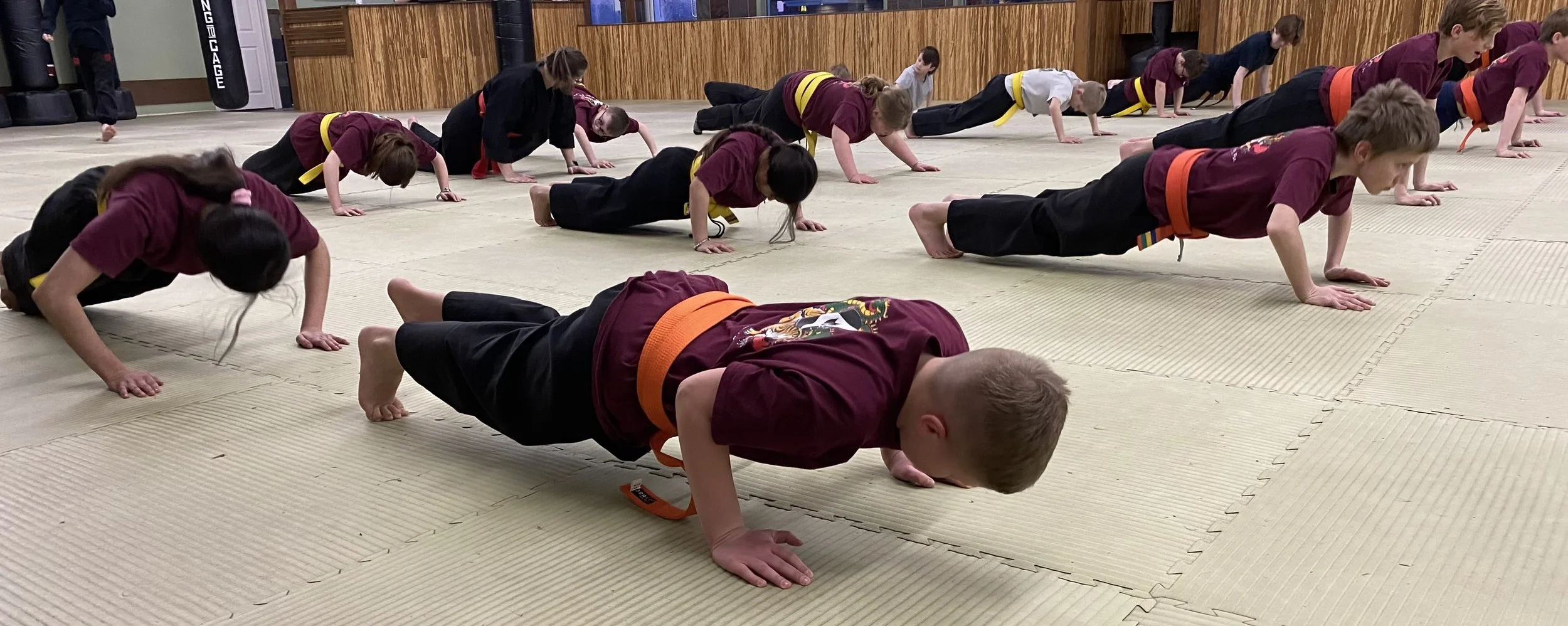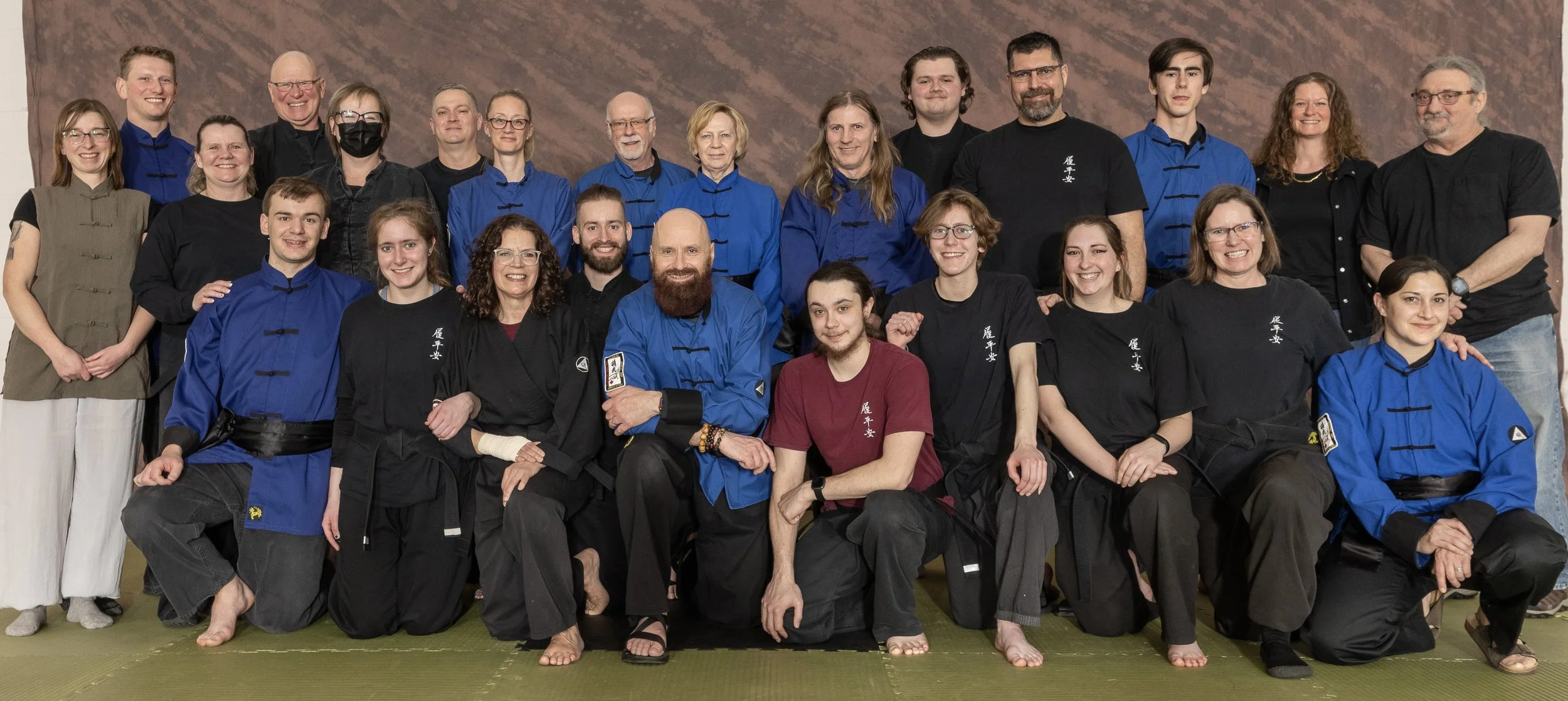Intent can be fluid,
But [in a form] technique needs to be consistent.
This is an idea from Sifu Brinker in our last one-on-one that I want to explore further in a blog.
It has made me think about why we insist such specificity when we are teaching forms, and how it is the complete opposite of why I thought we did it before. I used to think we were trying to paint a very clear picture of intent, the more detail we described, the more likely someone would understand, the more effective the technique would become, clarifying the intent to such a degree that there is no doubt in how the body should move, no question about what your intent is in that moment. But now I'm starting to understand that it's the exact opposite, we are teaching things with specificity because the more pure the intent is, the greater the number of possibilities/opportunities can be created from that motion.
Doing something "correctly" does not only mean that you are doing a technique with a high level of effectiveness, but instead that you have the broadest possible options of what you can envision that technique to be, or what you can do with it in the moments after. Like a crane stance, since it is built into almost all our kicks, we have the option to throw any of them from that position, but only if we are including it each time we throw a kick! That consistency allows purity, allows possibility.
I really struggle with envisioning different scenarios or applications within my forms, but I think I intellectually understand this concept of consistency/purity of technique, now I need to work on being able to apply it when I'm practicing my forms, trying to work on questioning what sorts of things I am envisioning, and how else they might be applied. This is really exciting because it adds a whole new layer of intent, creating a new way to think while practicing!
Kayley Burke

